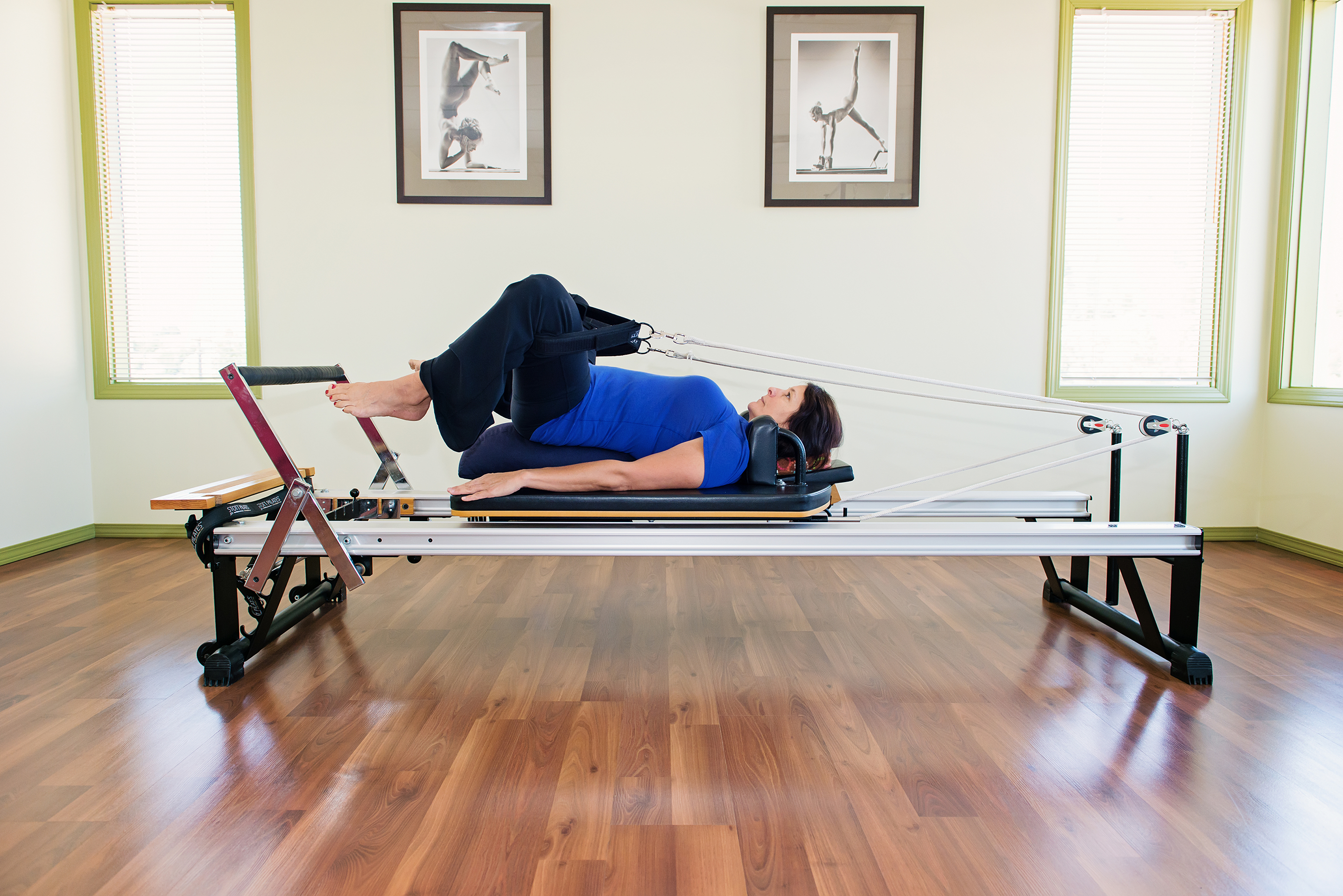Can our pelvic floor muscles be too tight? Absolutely! Keep reading to learn some exercise tips to help change your tight pelvic floor muscles (PFM’s) into more flexible and well working pelvic floor muscles!
What is a tight pelvic floor?
A ‘tight’ pelvic floor refers to muscles inside our pelvic floors (vagina/rectum for women and rectum for men) that aren’t within their optimal length. They aren’t flexible enough nor functionally strong enough to perform the activities they are responsible for. We want our pelvic floor muscles to not cause us any discomfort, keep us dry and keep our pelvic organs where they should be. Like other muscles in the body, if they aren’t able to contract and release well, they won’t be able to function optimally. What does this mean for us? We might begin having problems such as urge continence or an overactive bladder or experience pain during intercourse.
I want you to start thinking about your pelvic floor muscles like other muscles in your body. If other muscles in your body can become tight, so can your pelvic floor muscles. A common presentation is when someone says they have tight hips. They feel tight and pinchy and so they stretch them but they only ever achieve a temporary feeling of relief. The tightness always returns. The PFM’s are the same in that they can become tight and although releasing them is the first line of action, it isn’t the only thing to do!
Why do we need flexible pelvic floor muscles?
We need length of a muscle to achieve optimum strength. The pictures below show the ‘normal’ length of a bicep muscle. It has the necessary amount of length into extension (straightening) of the elbow and so is able to contract fully (bending of the elbow). But, if the bicep length is not enough, the room it is able to move is much less and therefore has less strength. With less strength and length, the pelvic floor muscles are no different than the biceps in that they just can’t support us as much as we need.




Who has tight pelvic floor muscles?
Anybody can have tight pelvic floor muscles!
- Women and men who have high levels of stress/anxiety/pain in their lives. This makes sense because muscles may overwork and ‘stay on’ when there is stress or pain in the body making the nervous system work in an elevated state
- Women who are going through menopause. Hormone levels may play a role in vaginal changes such as dryness leading sometimes to vaginal narrowing and tightness
- Men commonly have tight PFM’s. Men often stand with their hips in an externally rotated position (feet pointed outwards), their hips pressed forward and their pelvis tucked under, tightening the gluteal muscles, both inside and out
- Women and men with postures that tend to create tight PFM’s. These may include people who are ‘butt clenchers’ or people who stand with a posteriorly tilted pelvis where their butt is constantly tucked underneath them
Should I do Kegel’s when I have tight pelvic floor muscles?
Noooo! It is not a good idea to try and strengthen tight muscles.You wouldn’t do this with any tight muscle in the body. A muscle needs sufficient length in order to contract properly to move your body around the way you want it to. Though a tight pelvic floor may also be weak, it first must be released before being strengthened.
What should I do to help my tight pelvic floor muscles? … The 3R Approach
-
Release the pelvic floor muscles; using the wall or the reformer
Diaphragmatic breathing is helpful for tight PFM’s. Breaethe down into your belly and into your pelvic floor. Your pelvic floor muscles should lower as you inhale. Do not contract on your exhale…this is a 100% release exercise. At least 10 full breaths


Rebuild: Help strengthen your pelvic floor muscles by adding in your glutes
If your buttock muscles are not necessarily tight, they just aren’t participating in your daily activities the way they should be, strengthening them is a must


Retrain: Help your pelvic floor muscles in a daily way by making a posture change
Changing to a optimal posture helps the pelvic floor muscles all day!
Standing tall:
find your weight over your heels, or slightly forward of your heels
weight through your feet is centre of heel, beneath your big toe and your pinkie, with the rest of the foot feeling the ground
knees are soft, not hyperextended nor bent
find the place in the middle where your 2 collar bones meet; this should be right above your pubic bone; most often our upper bodies are slightly behind our lower bodies, so if this is your case, bring your upper body slightly forward and recheck
ears are in line with our shoulders; most of us have our heads too far forward, so if this is your case, place your fingers on your chin to press back very slightly
think tall through the top of your head
Check out some video clips at https://www.youtube.com/channel/UCJqDcZOOLoNKdBwxmY_wawA to see more exercise options for tight pelvic floors!
